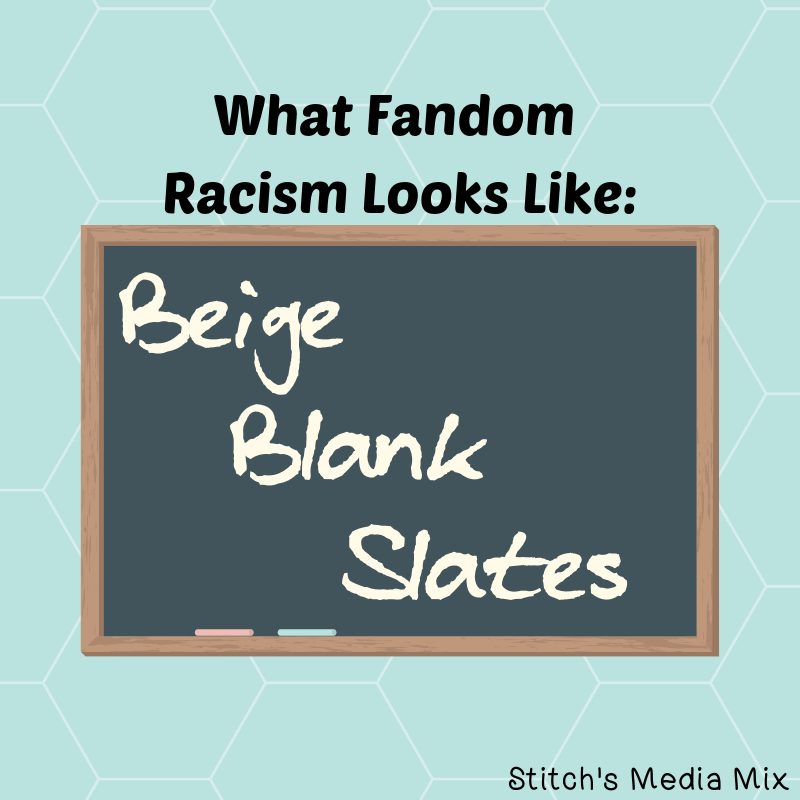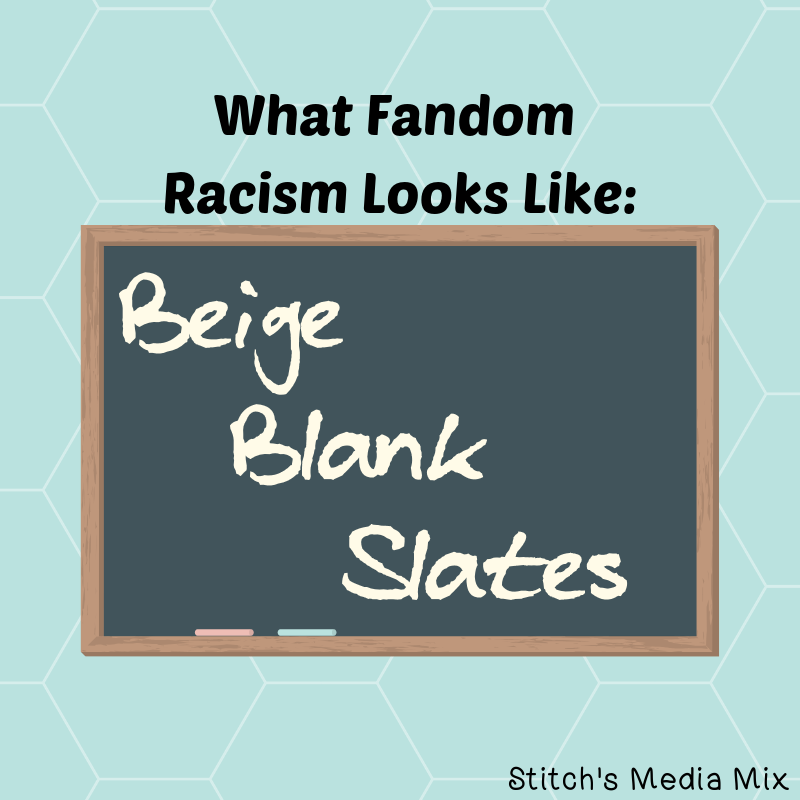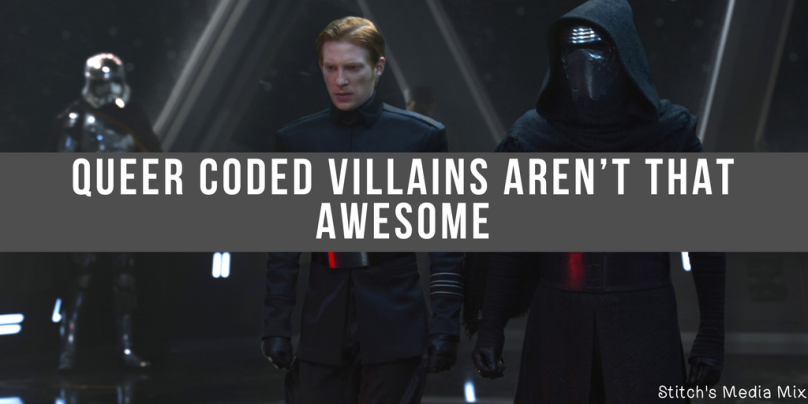
“certain bodies could be read as blank slates not already overdetermined by race” – a partial quote from page 17 of Melanie E. S. Kohnen’s Screening the Closet: Queer Representation, Visibility, and Race in American Film and Television.
Some of fandom’s favorite characters are “blank slates”.
Beige blank slates, that is.
General Armitage Hux from the Star Wars sequel trilogy.
Arthur and Eames from Inception.
Q from Skyfall and Spectre.
Clint and Phil Coulson in the first Thor movie.
Various minor white male characters in a show or film that somehow became one of/the most popular characters in their source media or fandom.
In this installment of “What Fandom Racism Looks Like”, we’ll be looking at the idea of the “blank slate” primarily in Western media-focused slash fandom spaces.
We’ll be asking what a blank slate looks like, what these fans and fandoms get out of these characters, what characters will never be considered blank enough to be loved, and how, while the claim that fandom prefers “blank slate characters” might well be true and there are many instances where the Beige Blank Slate provides necessary representation within fandom, the preference that prioritizes white male characters above all others kind of messes up something that has the potential to be great.Read More »


You must be logged in to post a comment.